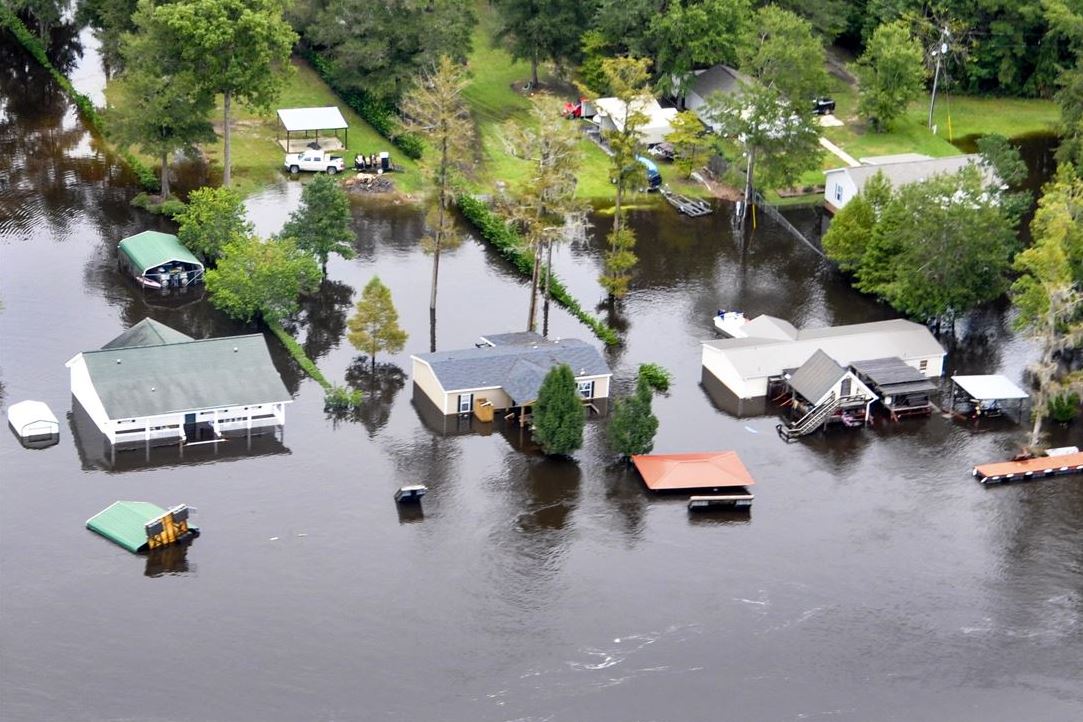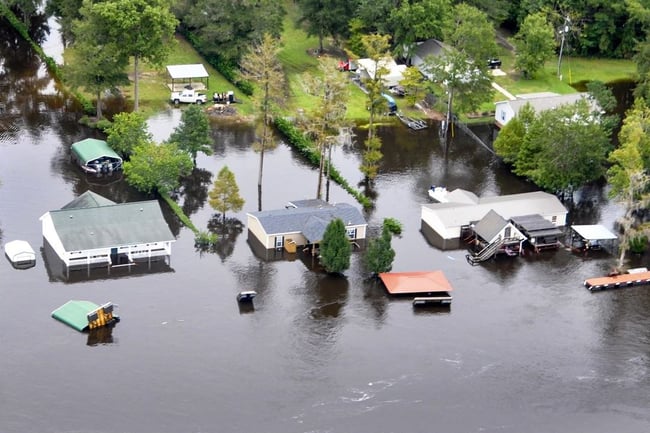Top Five Student Debt Myths: Busted!
According to recent statistics regarding student debt in our country, Americans owe over $1.4 trillion in student loan debt, which is spread out...


Both Category 4 hurricanes, Harvey and Irma struck the United States within a two-week period in 2017, causing widespread devastation. According to CNBC, Hurricane Harvey dropped a mind-boggling 19 trillion gallons of rain, triggering unprecedented flooding. The combined destruction from the hurricanes was estimated at $150 billion to $200 billion (WaPo). The news reports made everyone in the country mindful of the destruction of unrestrained water. Whether you live in a location prone to flooding, have watched your basement turn into a swimming pool, or just worry about leaking pipes or broken appliances, the cost of flooding in your home can leave you overwhelmed, both financially and emotionally. It is wise to be prepared.
You can’t always put a price on loss. The emotional repercussions can last for many years, if not a lifetime. The memories you stored in a box in the basement, the growth chart on the kitchen doorway, or your child’s favorite teddy bear can’t be replaced. These losses won’t fit on an insurance form.
Flood sensors in your home come in many prices, ranging from $38.00 to $80.00. The smart sensors are at the higher range. Some people may question the cost of smart water sensors, but the cost to replace furniture, floors and valuable memories is much higher. It's a simple idea that can potentially save you thousands of dollars and years of grief.
As in any emergency, preparedness is key. An early-warning system in your home could save you valuable time to fix the problem, seek assistance, or remove valuable items such as important papers, electronics and precious memories, like baby pictures, to higher ground. One reasonably-priced system to consider is having flood sensors in your home.
According to ProtectYourHome.com, flood sensors work when water touches two exposed metal probes. If you are a do-it-yourselfer, most models are easy to install, run on batteries or cable, have audible alarms and work with your wi-fi.
Many homeowners place flood sensors by their dishwasher, bathroom plumbing, or washing machine. Because they are small and sit on the floor, they won’t interfere with the character of your home. Some, in fact, are designed to be quite attractive. While all of these sensors alert for water, smart sensors also measure temperature to guard against freezing and can alert the homeowner through their other electronic devices, such as cell phones and tablets. This is a great feature if you happen to be away from home.

According to recent statistics regarding student debt in our country, Americans owe over $1.4 trillion in student loan debt, which is spread out...

We've all wanted to help our spouse, our kids, our family members, even friends, financially from time to time. Sometimes that can mean letting them...

So you’ve decided it’s time to buy a car, but where do you start? To help you navigate the car buying process I sat down with two expert auto...